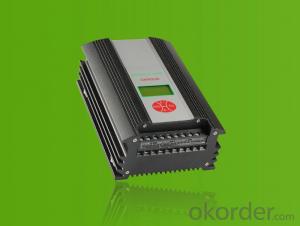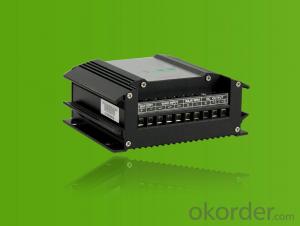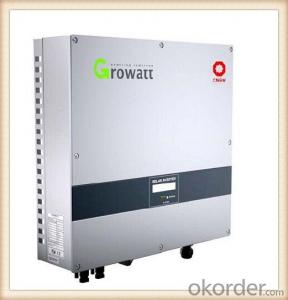Mppt Solar Hybrid Inverter
Mppt Solar Hybrid Inverter Related Searches
Home Power Inverter For Solar Best Inverter For Solar Mppt Inverter For Solar System Inverter For Home Solar Solar Power Inverter For Rv Shade For Solar Inverter App For Solar Inverter Capacitor For Solar Inverter Ct For Solar Inverter Inverter For Rv SolarHot Searches
Type Of Inverter For Solar Types Of Inverter For Solar Used Solar Inverter For Sale Inverter Size For Solar System Solar Edge Inverter For Sale 5kw Solar Inverter For Sale Solar Inverter For Sale Solar Inverter For Battery Solar Inverter For Split Ac Solar Inverter For Laptop Solar Inverter For Fridge Solar With Inverter Price Solar Inverter With 2 Battery Solar Inverter With Ac Outlet Solar Inverter Price In China Best Solar Inverter In China Solar Inverter Price In Dubai Solar Inverter Price In Uae Solar Inverter Price In Kenya Type Of Inverter For SolarMppt Solar Hybrid Inverter Supplier & Manufacturer from China
Okorder.com is a professional Mppt Solar Hybrid Inverter supplier & manufacturer, offers integrated one-stop services including real-time quoting and online cargo tracking. We are funded by CNBM Group, a Fortune 500 enterprise and the largest Mppt Solar Hybrid Inverter firm in China.Hot Products
FAQ
- A solar inverter can be installed both indoors and outdoors, depending on the specific requirements and preferences of the installation. However, it is essential to consider factors such as available space, ventilation, temperature regulation, and protection from environmental elements when deciding on the installation location.
- Yes, a solar inverter can be used in regions with high levels of lightning activity. However, it is important to install appropriate lightning protection measures to ensure the safety and functionality of the solar inverter system. This can include surge protection devices and grounding systems to mitigate potential damage caused by lightning strikes.
- Yes, a solar inverter can be used with solar-powered electric vehicle charging stations. The solar inverter is responsible for converting the direct current (DC) generated by solar panels into alternating current (AC) that can be used to charge electric vehicles. By integrating a solar inverter into the charging station, the solar energy can be efficiently harnessed and utilized to power the EV charging process.
- A solar inverter plays a crucial role in converting the direct current (DC) electricity generated by solar panels into alternating current (AC) power that can be used to power appliances in a property. By efficiently converting solar energy into usable electricity, a solar inverter helps reduce the property's reliance on grid-supplied electricity. This, in turn, leads to a decrease in overall energy consumption as the property utilizes more clean and renewable solar power rather than drawing solely from the grid.
- The input voltage rating of a solar inverter directly affects its performance as it determines the maximum voltage that the inverter can handle from the solar panels. If the input voltage exceeds the rating, it can lead to overloading or damage to the inverter. On the other hand, if the input voltage falls below the rating, it can result in reduced efficiency and power output. Therefore, selecting an inverter with an appropriate input voltage rating is crucial to ensure optimal performance and longevity of the solar system.
- The role of a solar inverter in a community solar project is to convert the direct current (DC) electricity generated by the solar panels into alternating current (AC) electricity that can be used by the community. It ensures that the electricity produced is compatible with the electrical grid and can be distributed to homes and businesses. Additionally, the inverter helps to monitor and optimize the performance of the solar power system, maximizing energy production and efficiency.
- Yes, a solar inverter can be used with batteries for energy storage. In fact, this combination is commonly used in residential and commercial solar systems to store excess solar energy generated during the day and use it later when the sun is not shining, such as at night or during power outages. The solar inverter converts the DC power from the solar panels into AC power for immediate consumption or for charging the batteries. The batteries then store the excess energy for later use, providing a reliable and continuous power supply.









































